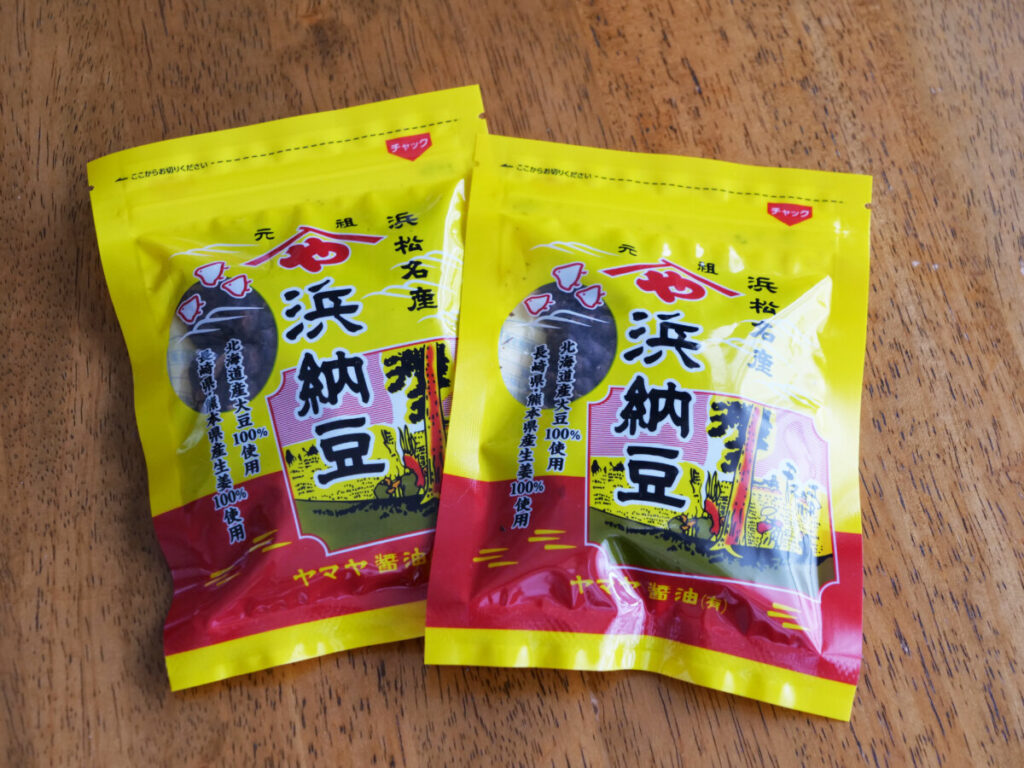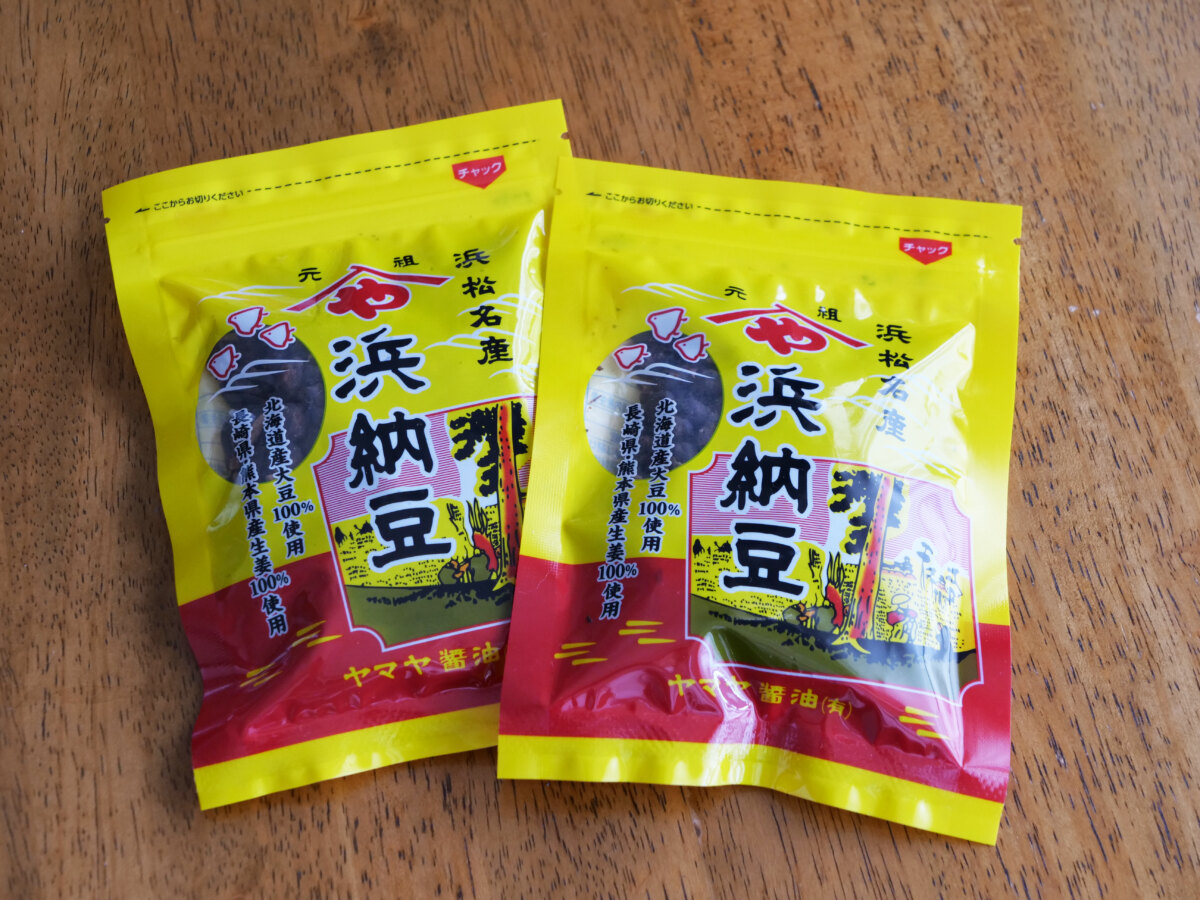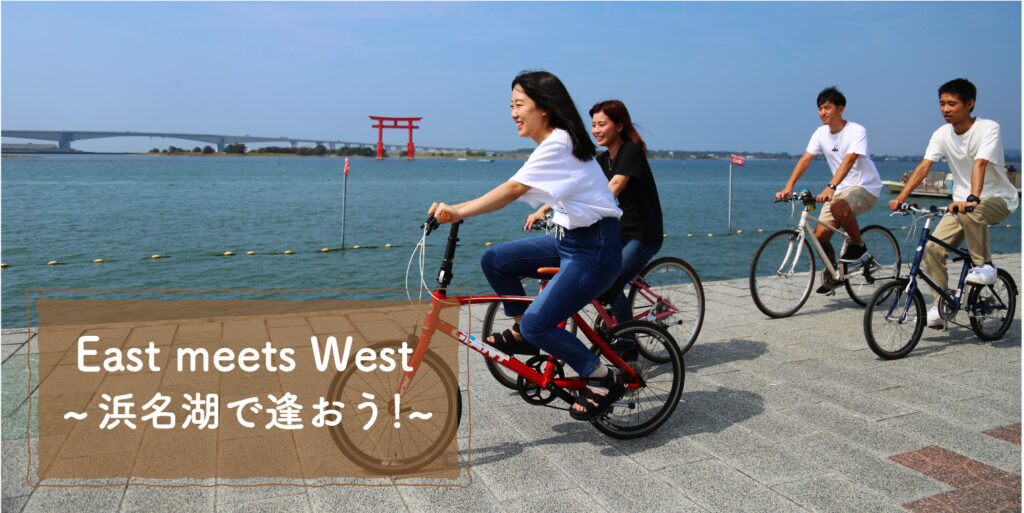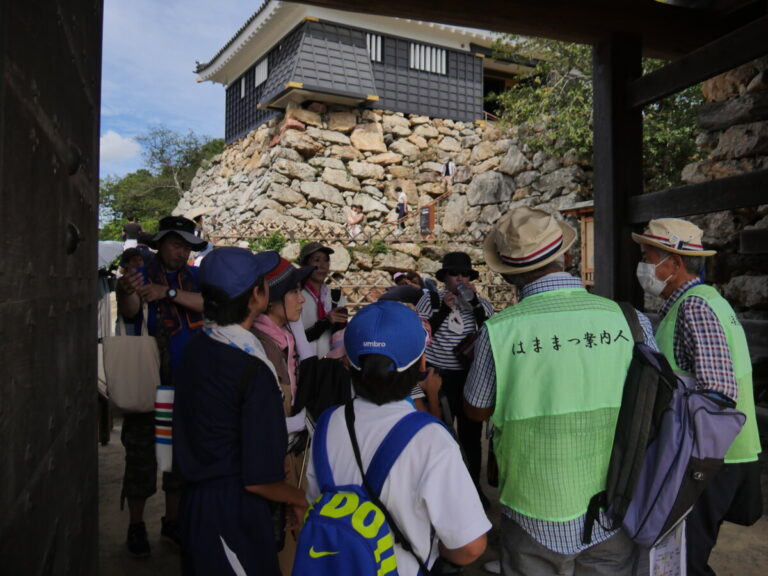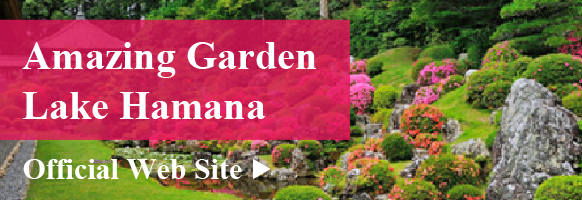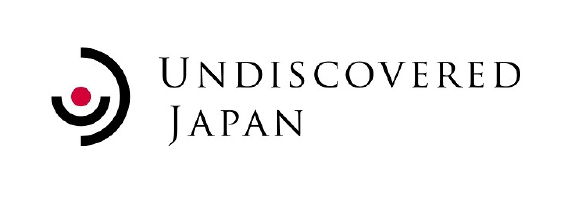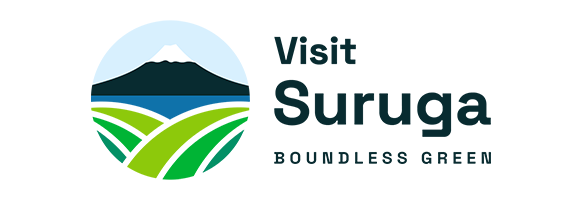Get to Know Hamamatsu
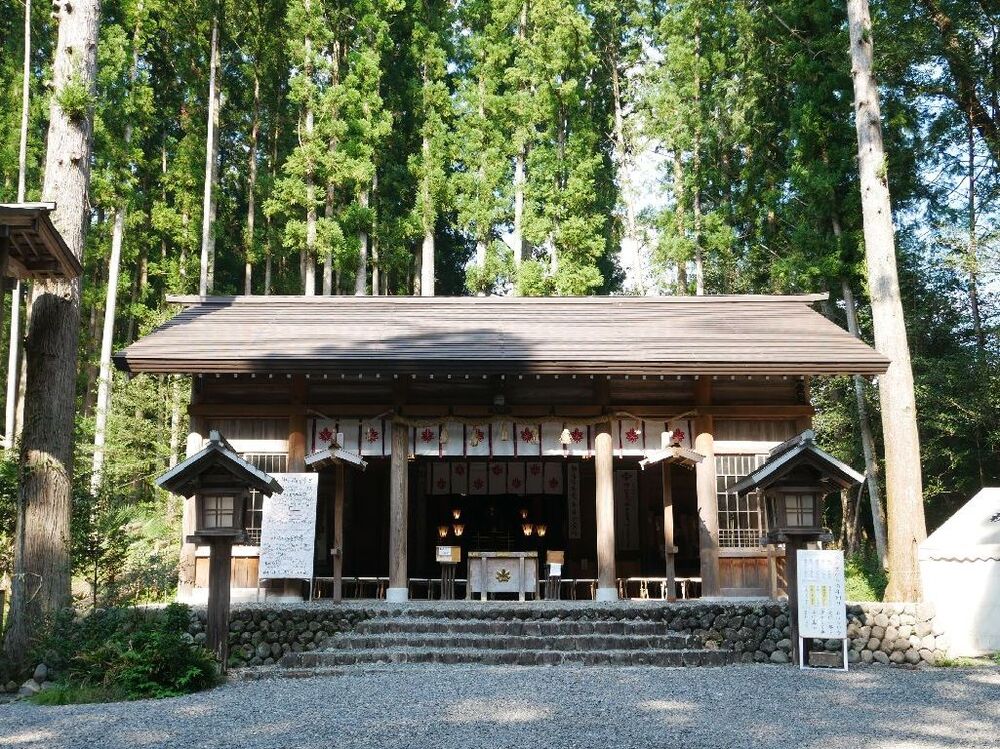
- Enjoy
Visit the main shrine, Akiha Shrine (Lower), which enshrines the god of fire prevention, and enjoy the specialties at the roadside station “Ippukudokoro Yokogawa”
Akihayama Hongu Akiha Shrine, located in Tenryu Ward, Hamamatsu City, is the main shrine of Akiba Shrines scattered all over the country. The shrine is dedicated to the god of fire protection, and there is an upper shrine on the summit of Mt. Akiha, and a lower shrine where you can worship the main shrine on the mountain from a distance.
This time, we will introduce Shimosha, which is nestled by the Ketagawa River at the foot of Mt. Akiha, and how to access Omotesando, which connects Kamisha and Shimosha, as well as the roadside station “Ippukudokoro Yokogawa” that you might want to stop by after visiting the shrine.
We will also provide information on Ippukudokoro Yokogawa’s famous sweets.
Akiha Shrine, the main shrine of Akiha Shrine!
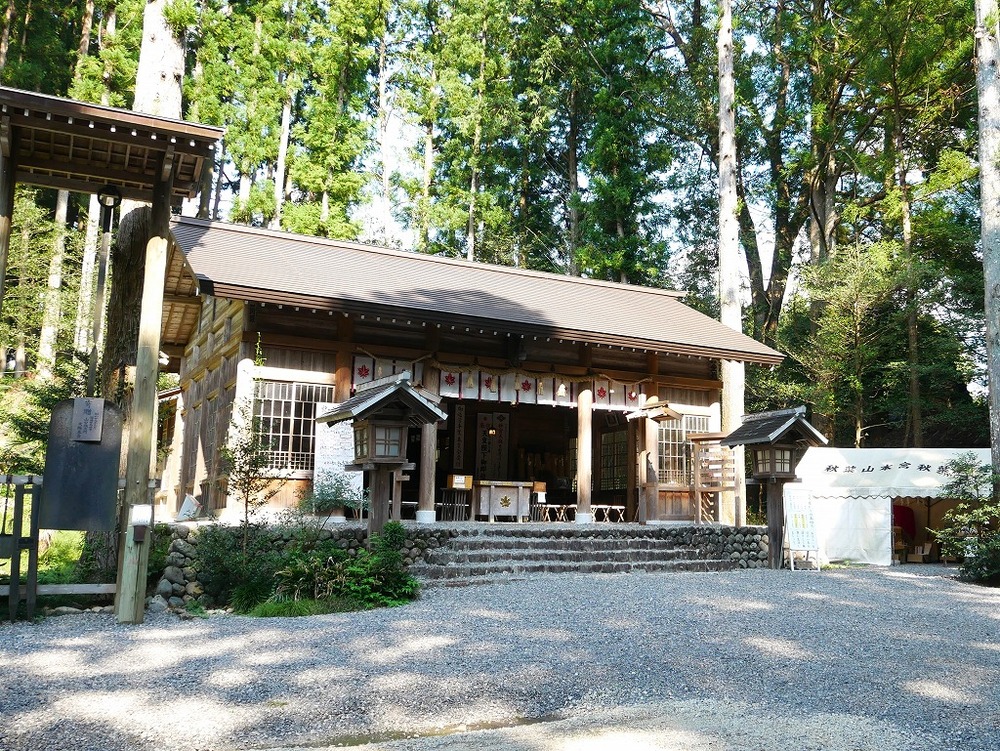
*Akiha Shrine Lower Worship Hall
Approximately 30 kilometers north-northeast from JR Hamamatsu Station.
Akihayama Hongu Akiha Shrine (hereinafter referred to as Akiha Shrine), located in Tenryu Ward, Hamamatsu City, is the main shrine of Akiha Shrines that are enshrined throughout Japan.
There is an upper shrine on the summit of Mt. Akiha and a lower shrine where you can worship the main shrine on the mountain from a distance.The lower shrine of Akiha Shrine that we will introduce today is located at the foot of Mt. Akiha, located at the southern end of the Akaishi Mountains (Southern Alps).
The deity enshrined at Akiha Shrine is the god of fire prevention, Hinokaguchi no Omikami, and Hinokagutsuchi no Omikami. He is the son of Izanagi Izanagi and Izanami Izanami couple (gods who appear in Japanese mythology and are responsible for the birth of nations and gods).
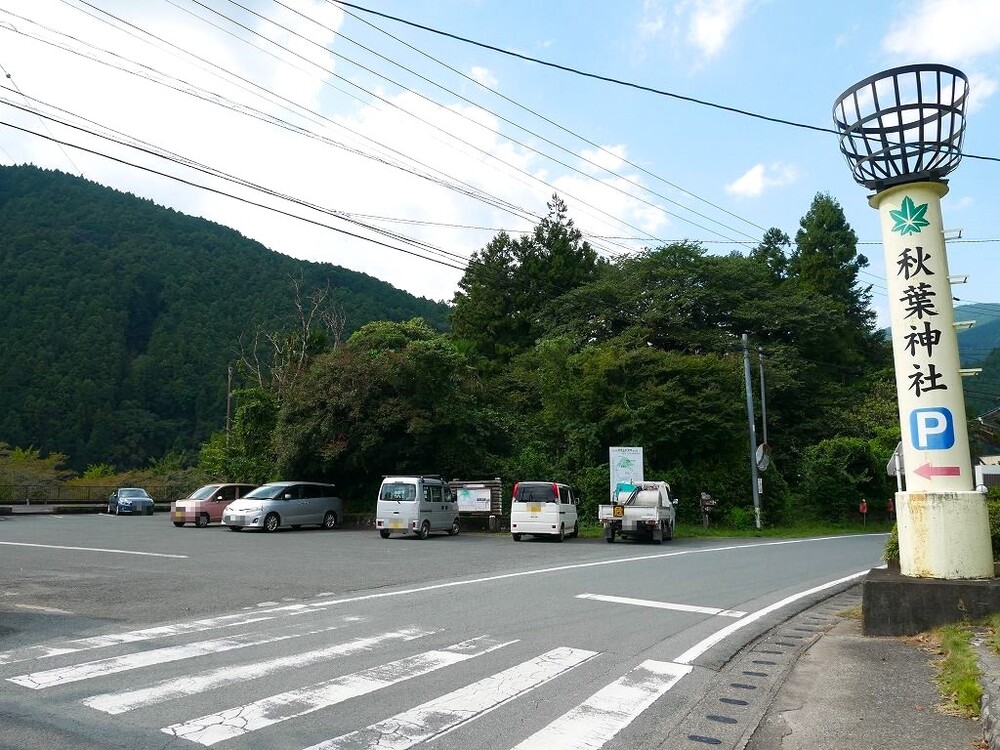
*Akiha Shrine Shimosha parking lot
The parking lot is across the road.
At first glance, it doesn’t seem that big, but don’t worry, the Ketagawa riverbed becomes a temporary parking lot during New Year’s visit. You can get down to the riverbank from the left side of this parking lot.
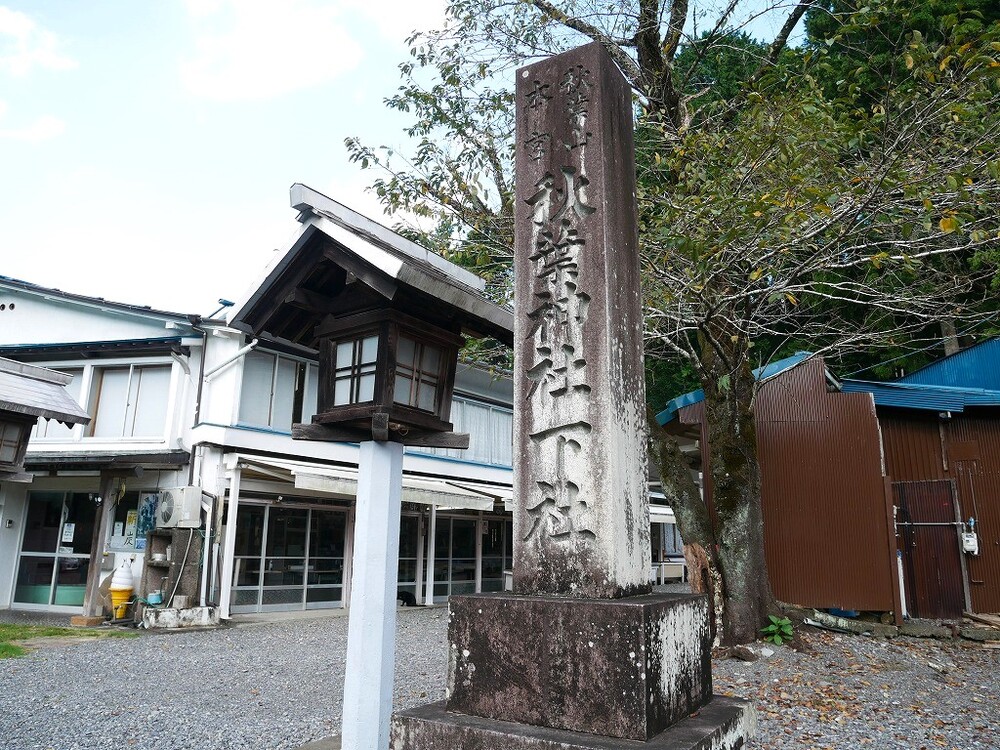
Cross the road from the parking lot and you will see the stone monument of Akiha Shrine.
To the right of this is a large panel that describes the history of Akiha Shrine and its annual events. Why not take a look through it before visiting the shrine?
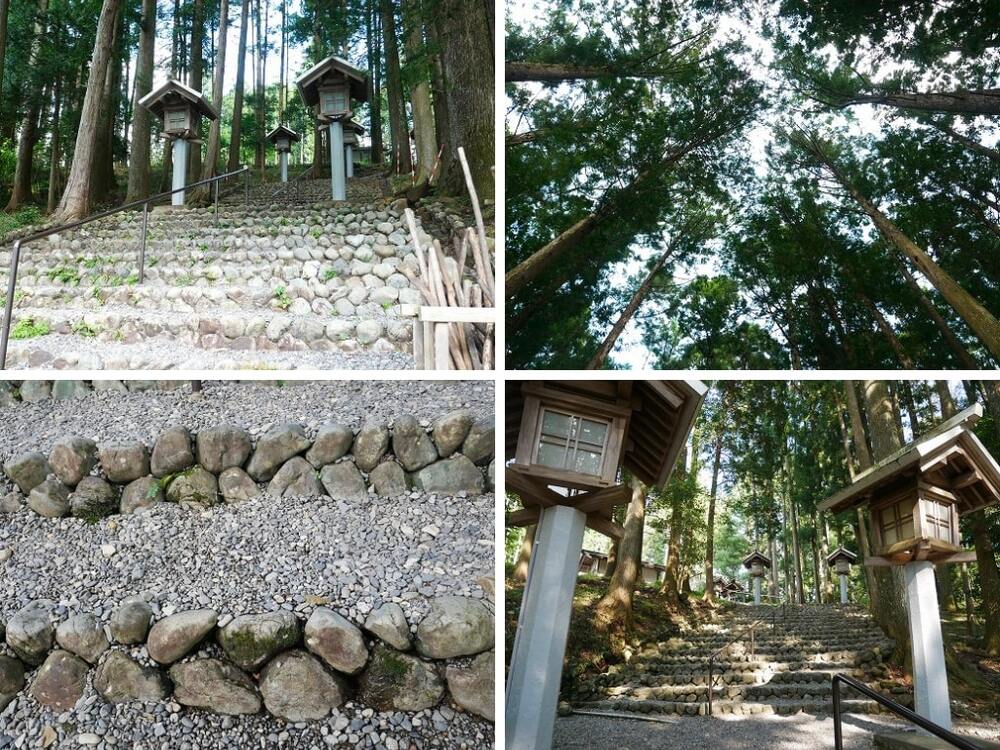
*The difference in height from the stone monument to the shrine’s worship hall is about 15 meters. Go up the stone steps that begin after crossing the small Taiko Bridge.
There is a wooden cane next to the stone steps, so if you are concerned, please use it (*must be returned after visiting the shrine).
If you look up, you’ll see a sacred cedar grove. When you look down, you can see the clear flow of the Ketagawa River in front of your eyes. Just climbing up the stone steps made of natural stone and gravel will fill you with the energy of nature.
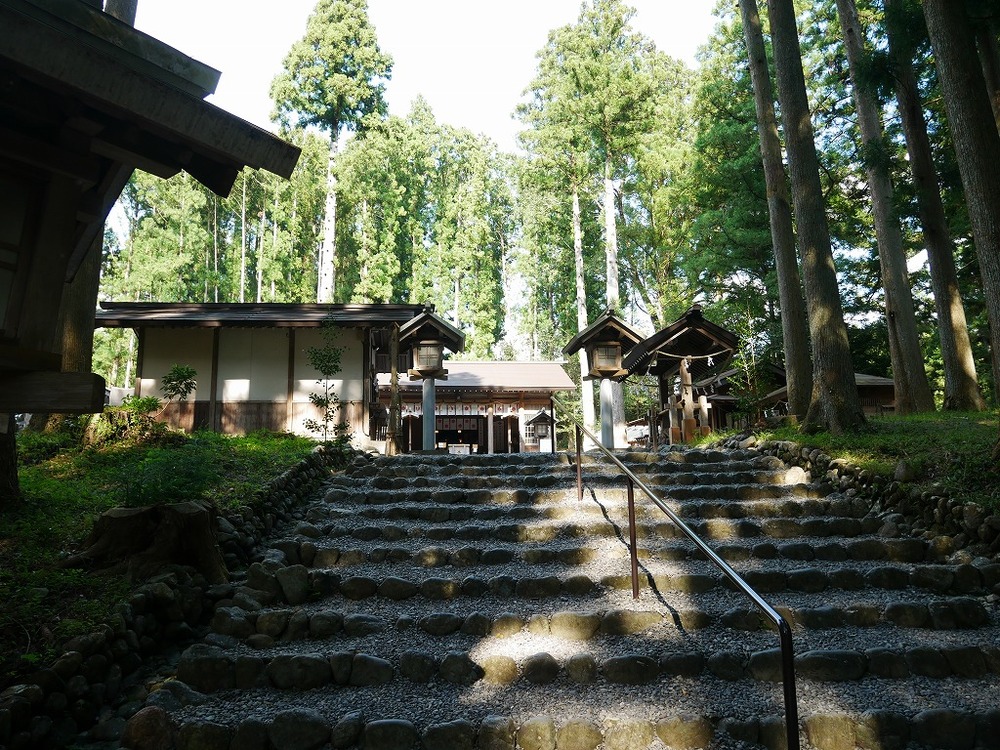
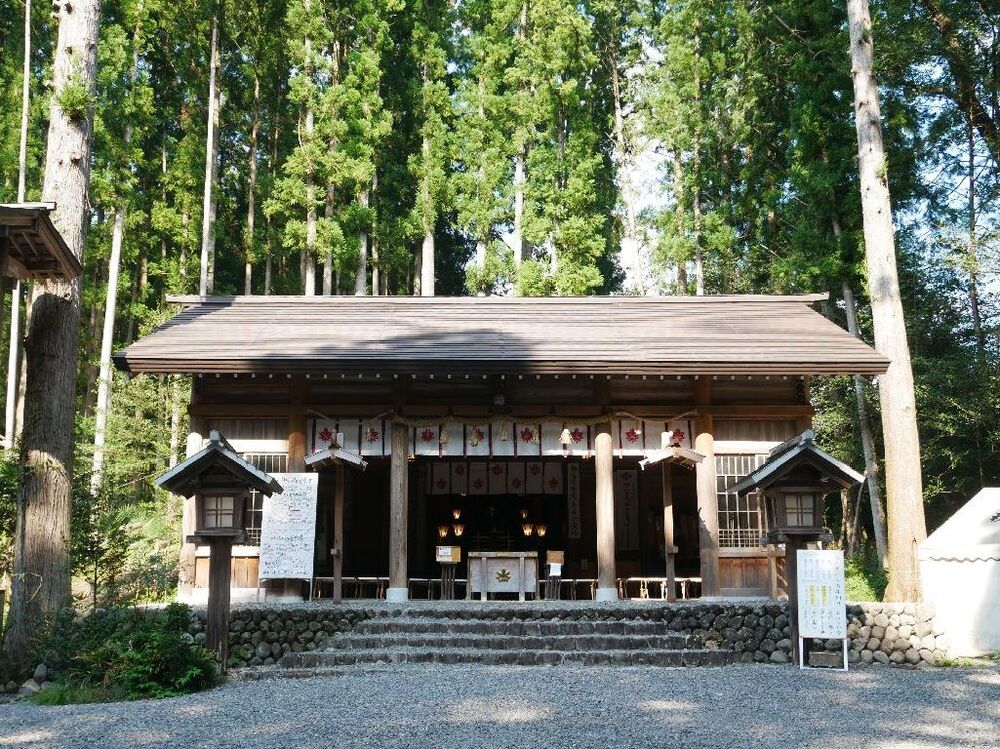
The worship hall of the lower shrine is in front of you when you climb the stone steps.
The sacred emblem of Akiha Shrine, the seven-leaf maple, is depicted on the offering box and the curtain in front of the shrine. You can see them everywhere in the precincts.
The official name of Shimosha is "Yosaiden Yosaiden." Cleanse yourself with a cut fire!
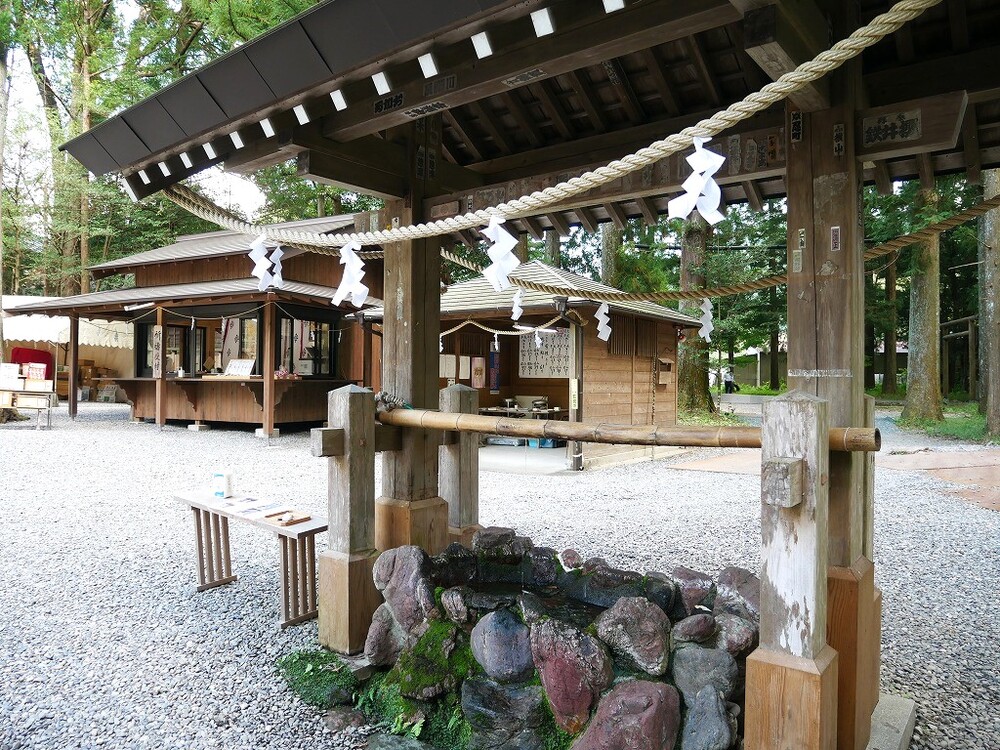
*The flint and flint are on the left as you face the chozuya.
Before visiting the shrine, please purify yourself at the chozuya.
There are no ladles at the chozuisha, so you can scoop water with both hands, cleanse your mouth, and wash your hands.
At Akiha Shrine, which enshrines the god of fire protection, you can of course purify yourself at the chozuya, but you can also purify yourself by cutting a fire using a flint stone next to the chozuya.
Some people may wonder, “What is kiribi?”
Kiribi is the act of striking flint with a flint metal to purify oneself, ward off evil spirits, or purify oneself. When you watch historical dramas, there will be a scene where the main character prays for safety and has a fire lit when he goes out.
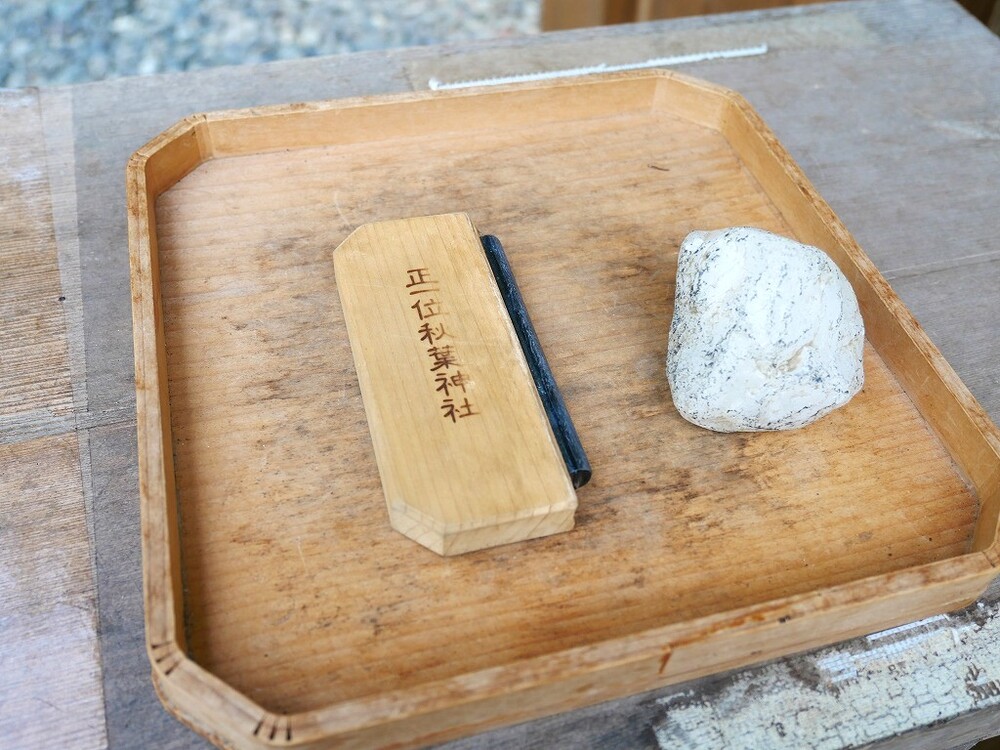
*Flint and flint in Orishiki
Purification using cut fire is surprisingly easy.
If you are right-handed, first use your left hand to hold and secure the flint inside the orisiki (the one with the words “Shoichii Akiha Shrine” written on it).
Next, hold the flint in your right hand and move it so that it grazes the flint in your left hand.
After 2 to 3 times, your purification is complete.
It seems that this method of purification using kiribi appeared after the chozuya became inoperable due to the new coronavirus pandemic. This is unique to Akiha Shrine, which enshrines the god of fire prevention.
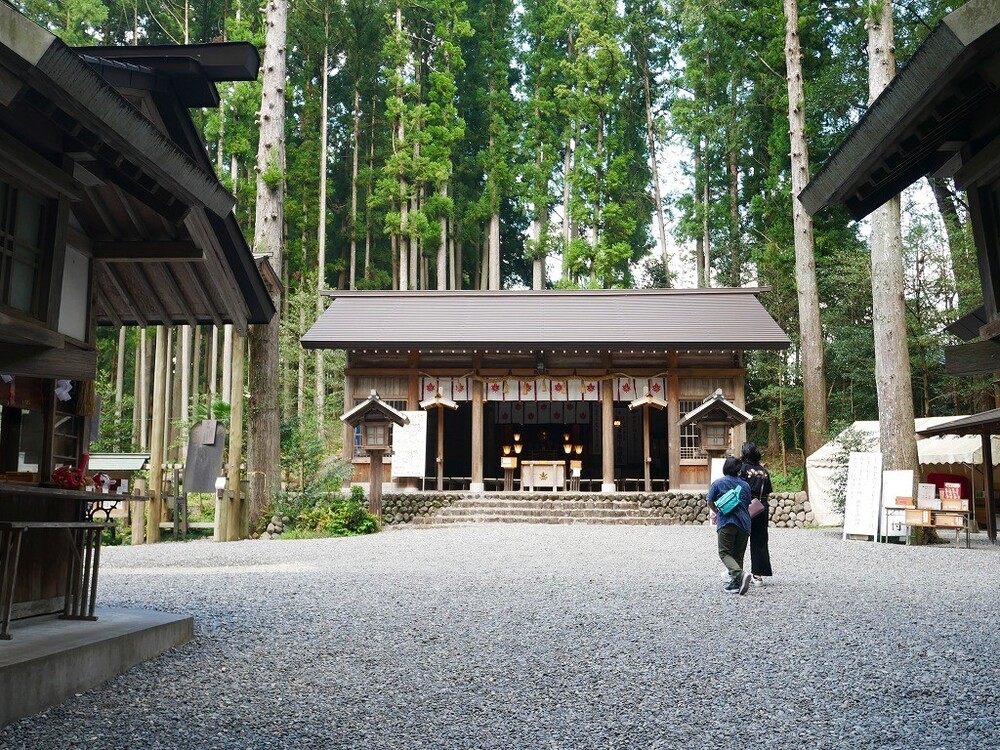
Even while I was purifying myself with a bonfire, I could see a steady stream of worshipers.
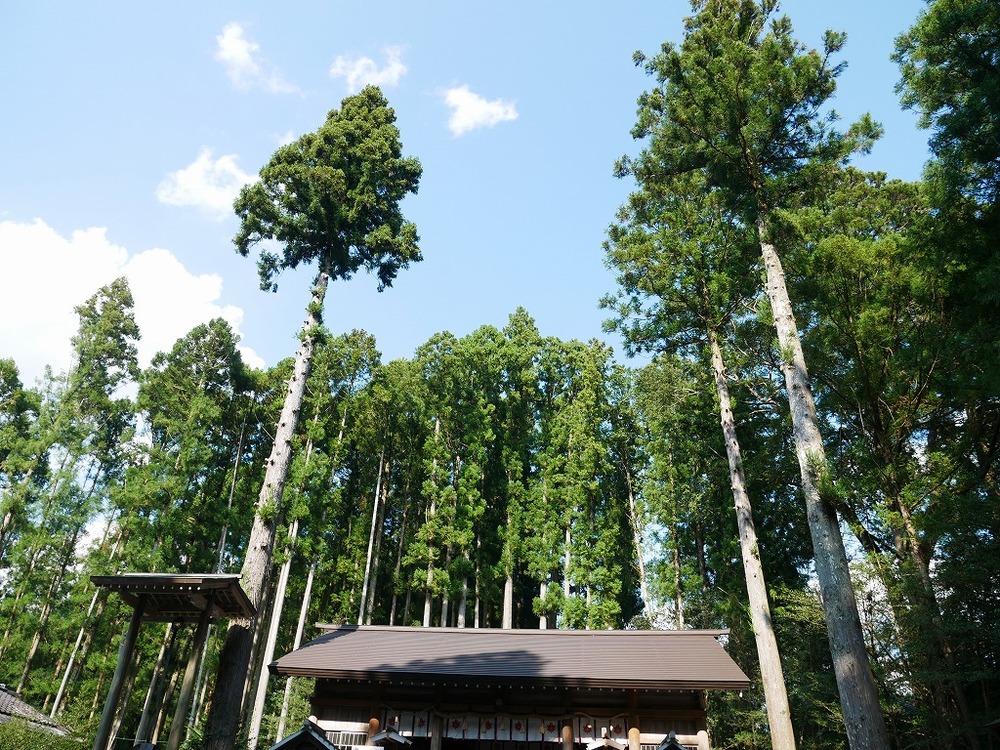
*Looking up at the sky from in front of the shrine. The main shrine of Kamisha is behind this!?
The official name of the lower shrine of Akiha Shrine, which was built in 1943 (Showa 18), is “Yosaiden Yosaiden.” This is a temple that worships the Kamisha Gohonden, which is located at the top of Mt. Akiha, from a distance.
So, in the front direction of the worship hall, the main shrine of Kamisha is far behind…?
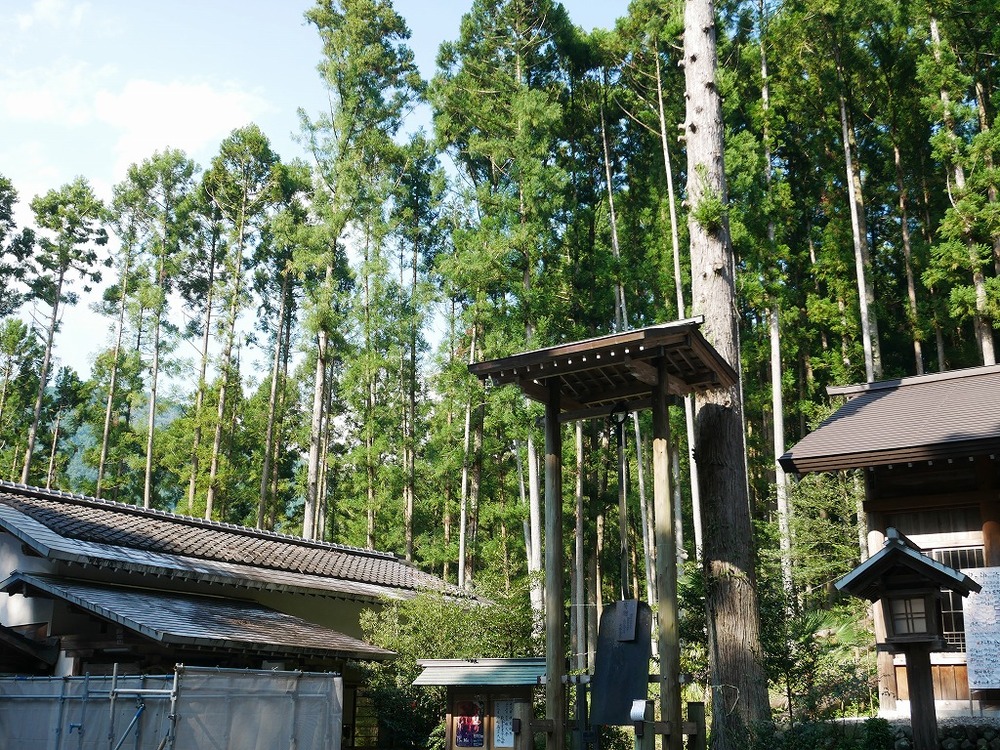
*About 30 degrees diagonally to the left from the Shimosha Worship Hall (Juno is a huge shovel-like tool that can be seen slightly to the right of the center of the image)
I was curious, so I asked Mr. Kito of Gonnegi Gonnegi, and he said, “The worship hall of the upper shrine is not directly behind the front of the worship hall of the lower shrine, but diagonally about 30 degrees to the left.It is dedicated on the left side when facing the shrine. “It’s in the direction of the giant juunojuno (a tool used to carry lit charcoal).”
You cannot directly see the main shrine of the upper shrine because it is blocked by the mountain peak, but when you visit the lower shrine, don’t forget to take a look at the upper shrine from a distance.

After visiting a shrine, don’t you want to buy amulets, fortune slips, or stamps?
At Akiha Shrine Shimosha, you can receive these awards at two locations within the precincts.
The image above shows the shrine office on the left side in front of the worship hall. Akiha Sanshakubo, who has a deep connection with Akiha Shrine, is called the commander of the Totomi Tengu, so there are amulets and hama-yumi with Tengu designs on them.
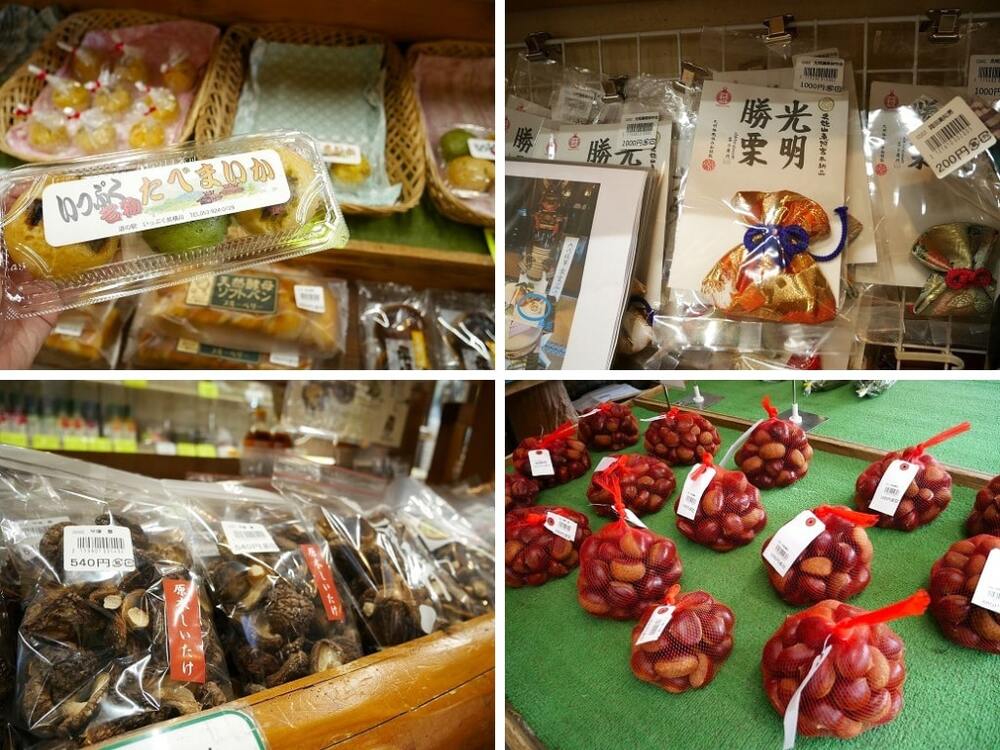
*Top left: Amulet and amulets lined up in the shrine office, Top right: Beautiful seven-leaf maple leaves on the skin (Nishikimamori), Bottom left: Fire protection matos and hama-yumi lined up behind various amulets, Bottom right: Gold-cut goshuin and flint.
There are many talismans and lucky charms lined up in the shrine office.
The good luck charm (Nishikimamori) has a beautiful seven-leaf maple design and is rich in color. Flint stone exorcism guards and sticker-type traffic safety guards are also popular.
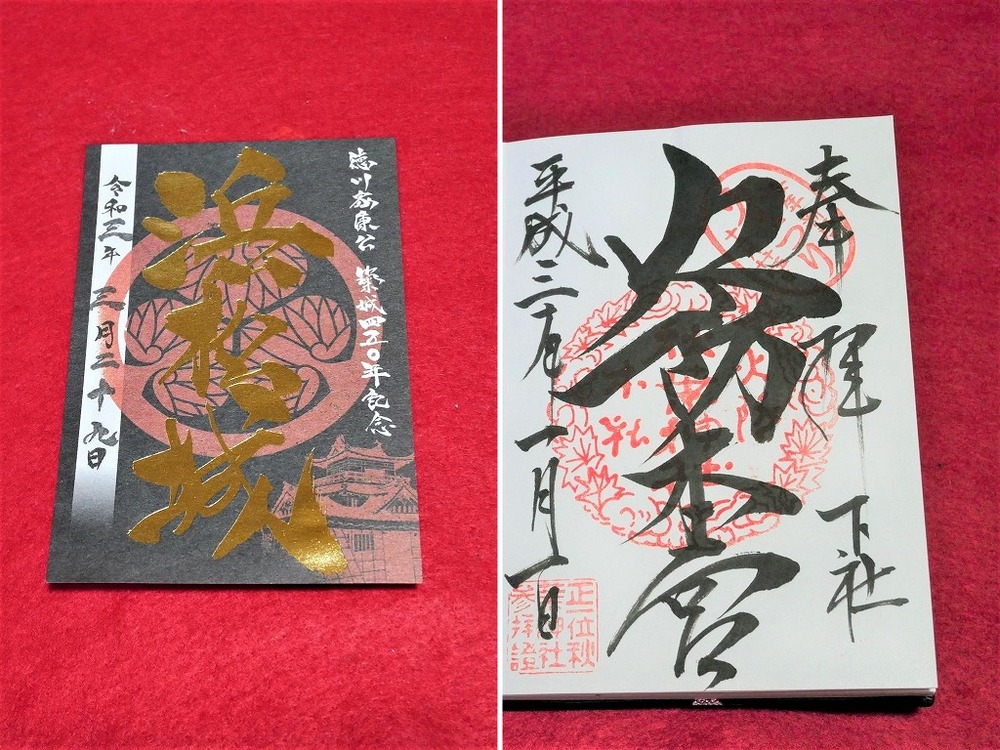
*The one on the right is the ink stamp of the lower shrine of Akiha Shrine (the one on the left is the castle stamp of Hamamatsu Castle)
There are two types of stamps at Akiha Shrine: regular ink stamps and paper-cut stamps.
The ink-written goshuin is different for the upper and lower shrines, so some people ask them to write on the left and right sides of the goshuin book.
The paper-cut goshuin, which has a bright golden color, is a two-page spread type that is common to both the upper and lower shrines.
Paste it on the spread of a goshuin book, or laminate it and display it. Every time I look at it, I can remember what it was like when I visited the shrine. Please note that the date of your visit will be entered at the shrine office.
Akihasan Hongu Akiha Shrine official website (external link)
The worship path from the lower shrine to the upper shrine is for walking only.
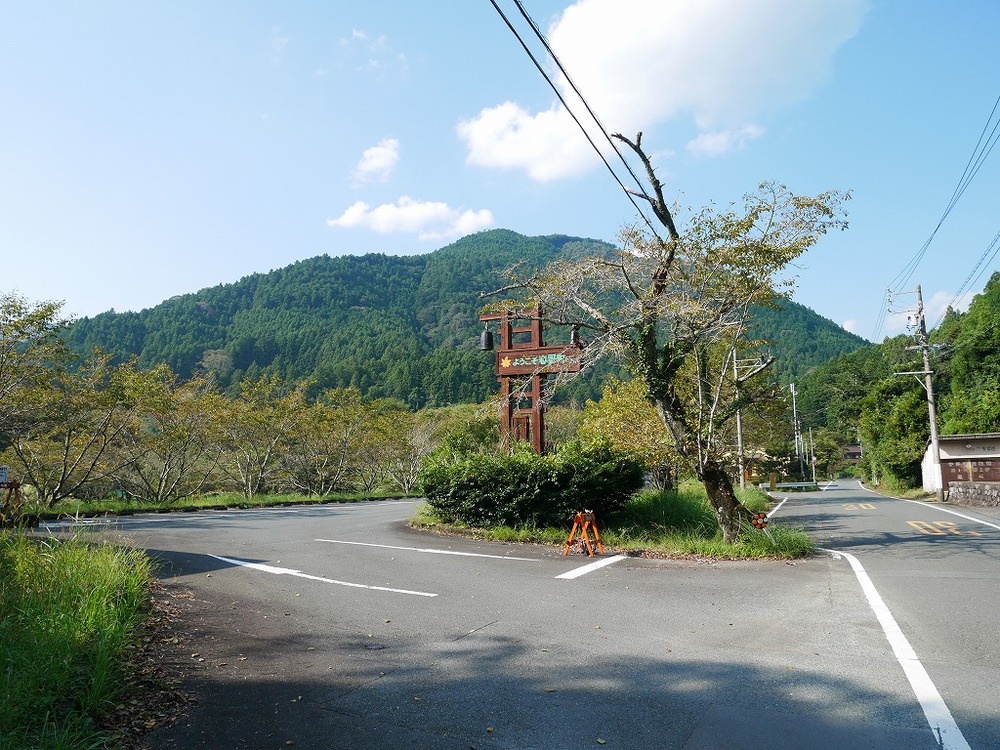
*Parking lot entrance
Akiha Shrine has a pedestrian-only Omotesando path that connects the upper and lower shrines.
The difference in elevation between the Kamisha of Akiba Shrine, which sits at an altitude of 866 meters, and the road near the Shimosha, which is the Yosaiden of the Kamisha Shrine at the foot of the mountain, is about 750 meters, making it a distance of over 4 kilometers.
It takes about 1.5 to 2 hours one way for an adult to arrive.
You can also drive to the Omotesando entrance. If you go up the Ketagawa River from the Shimosha parking lot, you will see the Tokai Nature Trail parking lot on the left, so park there. The parking lot is equipped with toilets.
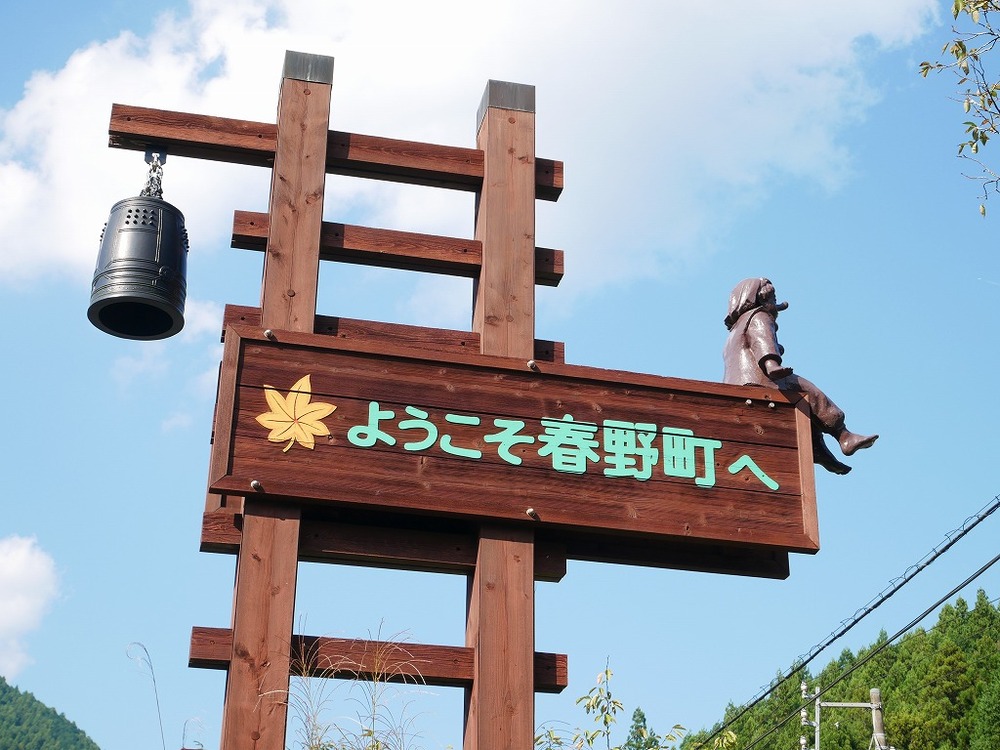
*There is also a tengu and a half bell on the information board in the parking lot.
The parking lot is marked by a large information board that says “Welcome to Haruno Town.”
Nanaba Momiji and Tengu can also be seen on this information board. There is also a half-bell hanging there, perhaps a nod to fire prevention.
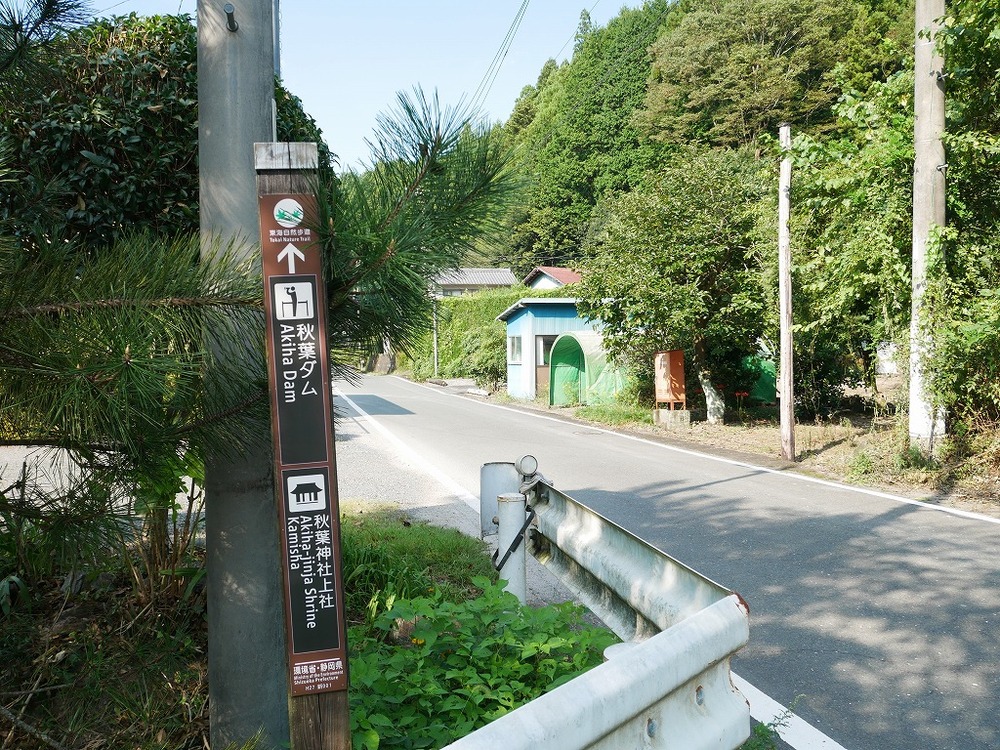
*Omotesando entrance
Omotesando, which connects Kamisha and Shimosha, is designated as a Tokai nature trail.
However, since there are differences in elevation and you will be walking through a grove of trees deep in the mountains, please be careful about your physical strength and equipment.
Tenryu souvenirs are available at the roadside station “Ippukudokoro Yokogawa”
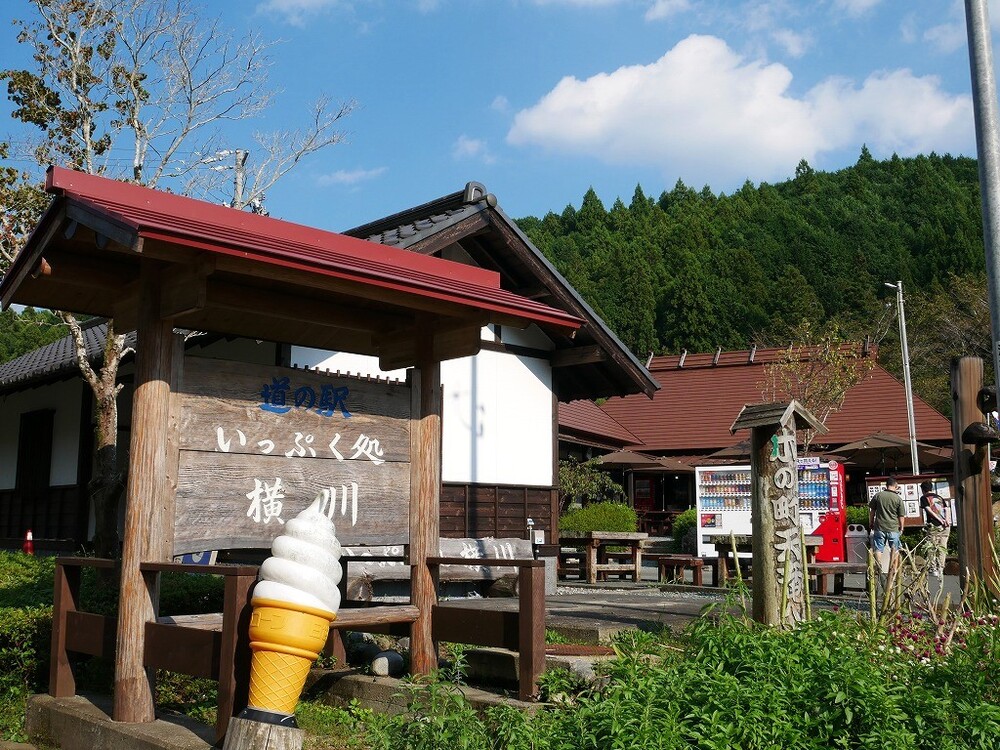
*The toilet is next to the information board
“After visiting the shrine, I would like to buy some local souvenirs from Tenryu Ward and eat some sweets.”
In such a case, please visit Ipukudokoro Yokogawa, a roadside station that is like an oasis along National Route 362. The landmarks are the “Ippukudokoro Yokogawa” information board and the large soft-serve ice cream 3D sign.
Yes, the station’s specialty is soft serve ice cream made with local specialties. I will introduce this soft serve ice cream later.
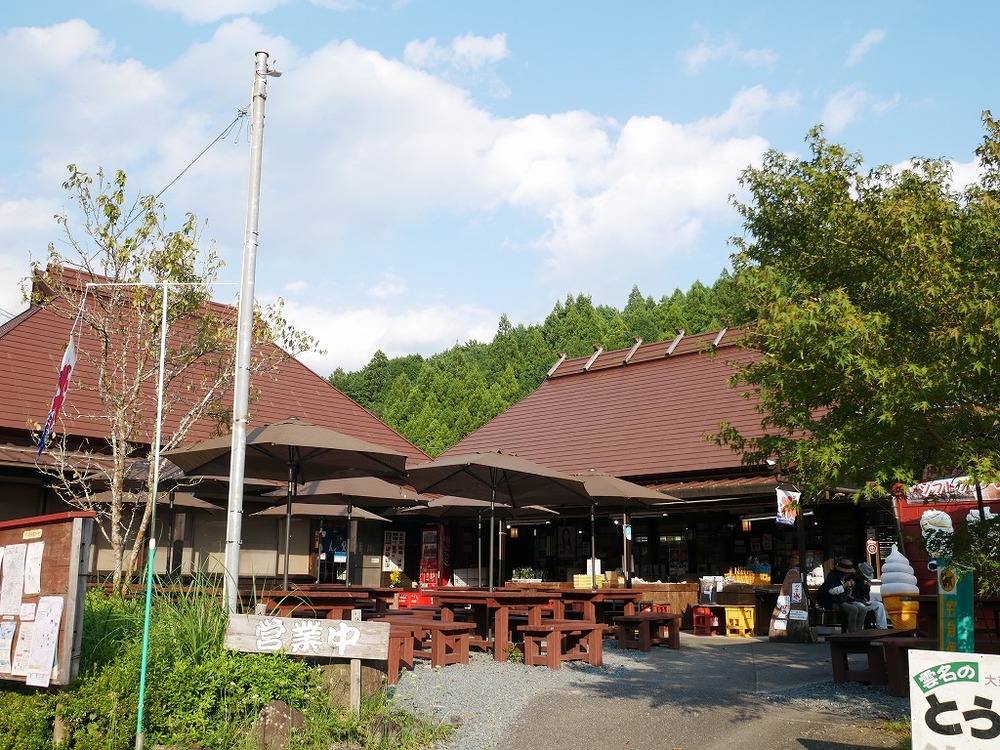
*A restaurant (building on the left) and a direct sales store surround benches and tables (building in the center)
Ippukudokoro Yokogawa has a free rest area and restrooms, as well as a direct sales store selling local products and a restaurant, making it a popular facility where you can easily stop by while driving.
EV charging is also possible in the parking lot, which can accommodate 40 regular cars and 2 large cars.
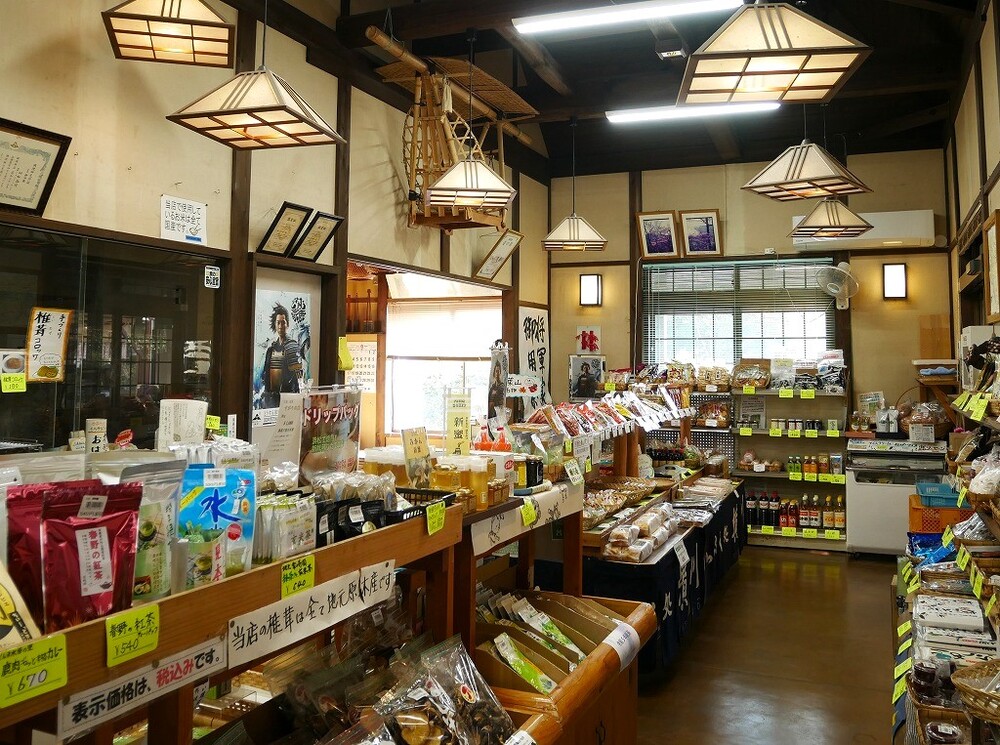
*Locally produced dried goods and processed foods such as tea, honey, and dried log shiitake mushrooms are lined up on display shelves.
The most recommended item at the direct sales store is the log shiitake mushrooms!
The display shelves inside the store are lined with rows of dried log shiitake mushrooms.
In recent years, the majority of shiitake mushrooms distributed in Japan are cultivated in fungal beds, and only about 6% of the mushrooms are cultivated using logs (according to Forestry Agency data from 2020).
Most of the shiitake mushrooms sold at retail stores such as supermarkets are grown on fungal beds, and are not grown on logs.
You can purchase these precious log shiitake mushrooms throughout the year at Ippukudokoro Yokogawa.
We also sell locally produced dried goods and processed foods, such as green tea, Japanese black tea, and honey. We also have retort-packed curry made from game meat such as wild boar and venison.
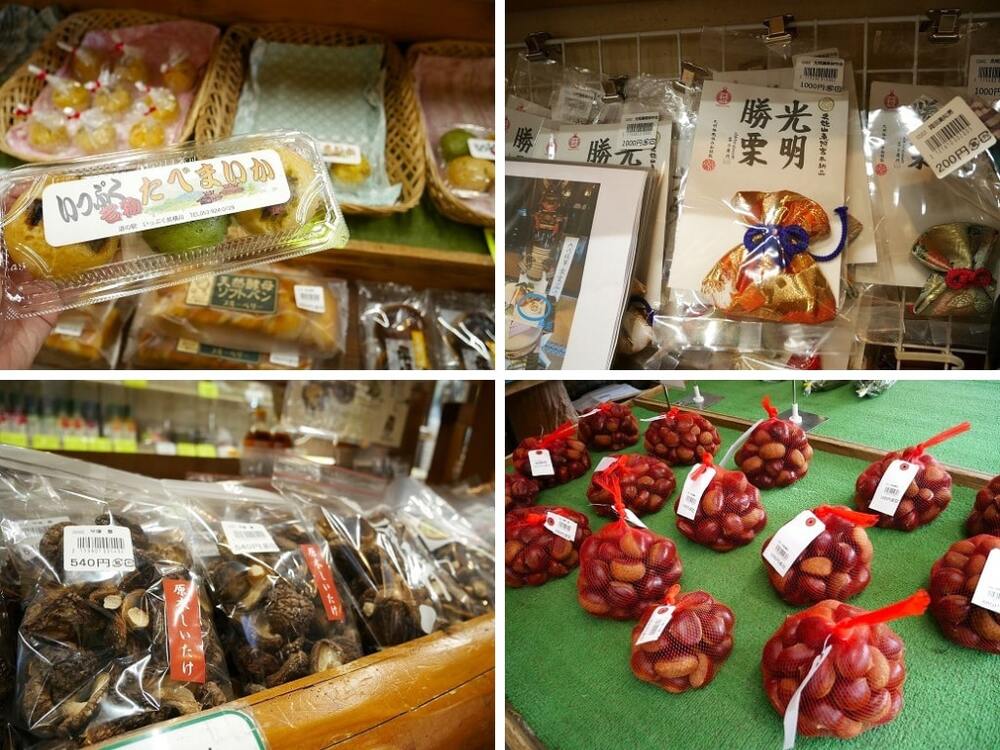
*Top left: Famous steamed bread “Tabe Maika”, Top right: Komyo Katsu chestnuts, Bottom left: Shiitake mushrooms lined up in rows, Bottom right: Freshly harvested seasonal vegetables are displayed on the display shelf under the eaves.
Log-grown shiitake mushrooms, which are highly recommended at the roadside station, can be found in things such as steamed bread, boiled beans, and croquettes.
There are many types of steamed bread, including shiitake mushrooms, mugwort, cherry blossoms, sweet potatoes, and pumpkins. We use wheat flour produced in Shizuoka Prefecture with no additives.
I bought a pack of 3 (shiitake, mugwort, and cherry) and enjoyed the flavors of the ingredients when I got home. Yes, it was delicious.
Freshly harvested seasonal vegetables are displayed on the display shelves under the eaves. Raw log shiitake mushrooms are also lined up from late fall to the following spring.
You can grill it and add butter and soy sauce, or you can make it into tempura or boiled dishes. Enjoy the meaty and juicy bounty of the mountains at home!
Many repeat customers! Shiitake soft serve ice cream
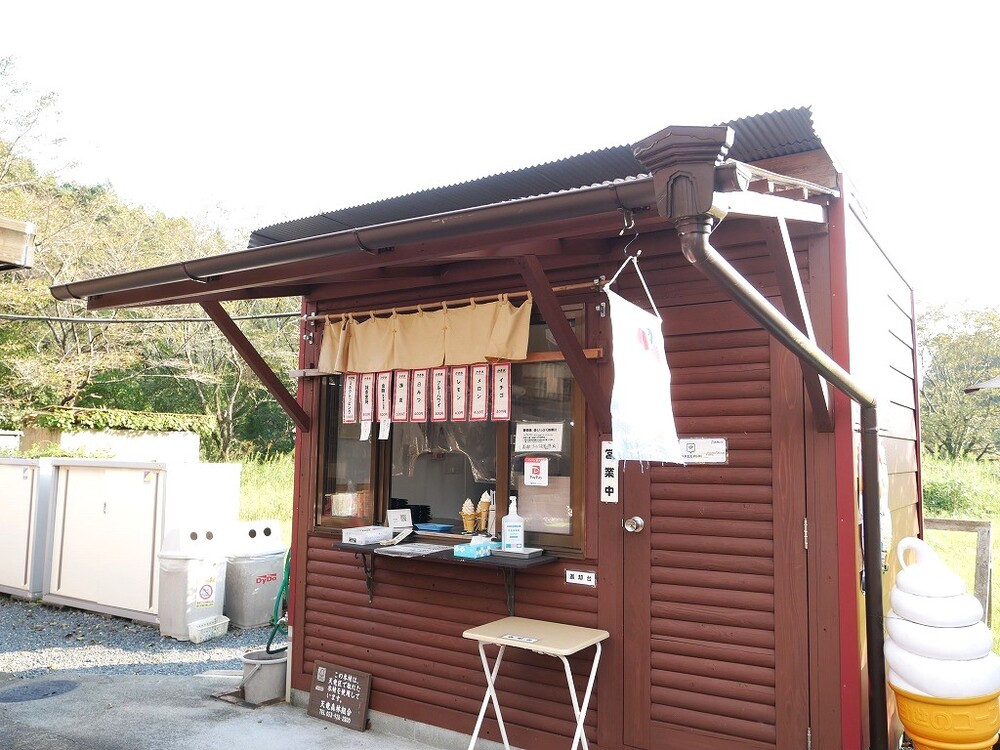
*Shiitake soft serve ice cream is sold at the snack booth
“Maybe the famous sweets also have shiitake mushrooms?”
That’s right. Ippukudokoro Yokogawa’s specialty sweet is Shiitake soft serve ice cream!
This is a famous soft-serve ice cream created in pursuit of originality by mixing raw shiitake mushroom powder into the batter.
Shiitake soft serve ice cream is sold at the snack booth on the right side of the direct sales store.
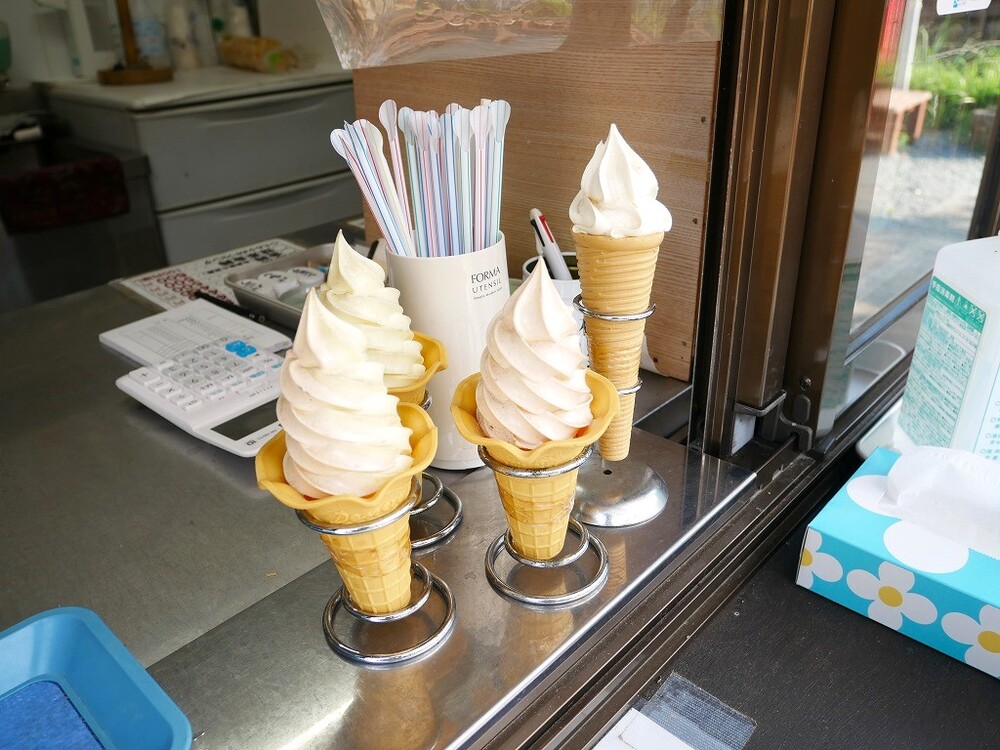
*Soft serve ice cream samples are from the right: vanilla soft serve (mini size), shiitake soft serve, vanilla soft serve, vanilla & shiitake soft serve (regular size)
There are 3 types of soft serve ice cream: shiitake soft serve, vanilla soft serve, and vanilla & shiitake which allows you to enjoy two flavors. You can choose between regular size and mini size.
If you’re curious about the taste of shiitake soft serve ice cream, why not try the mini size?
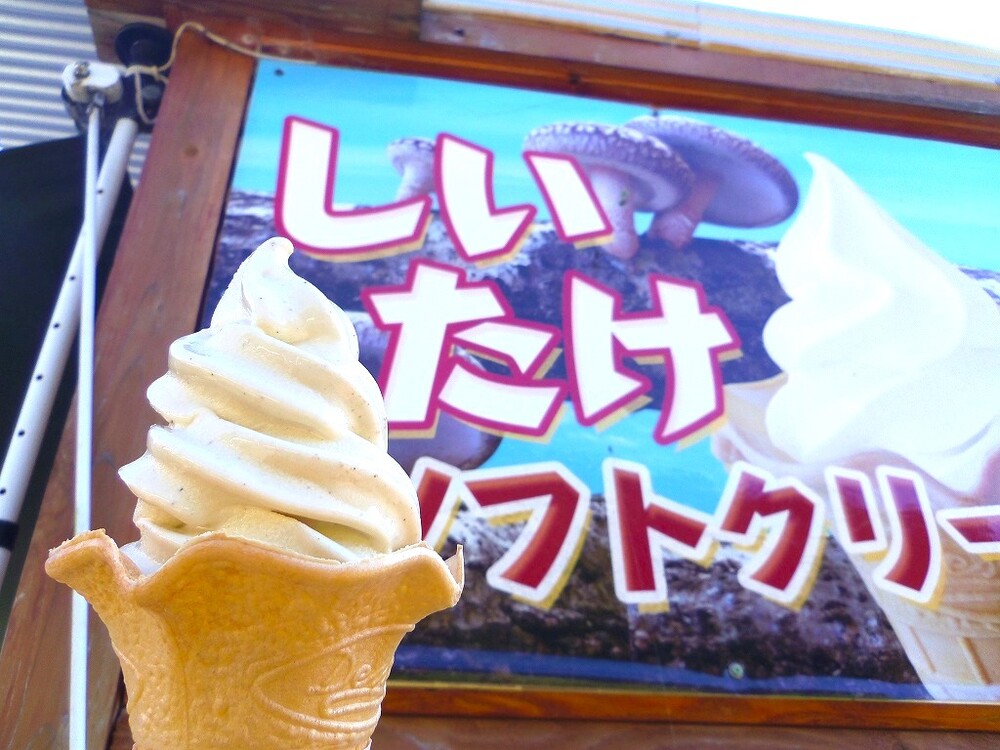
*Shiitake soft serve ice cream (real / photographed in November)
Shiitake soft serve ice cream has a very smooth texture. The flavor of shiitake mushrooms spreads throughout your mouth with every bite, and you might be hooked by the time you finish eating! ?
The black particles visible on the surface are shiitake mushroom powder.
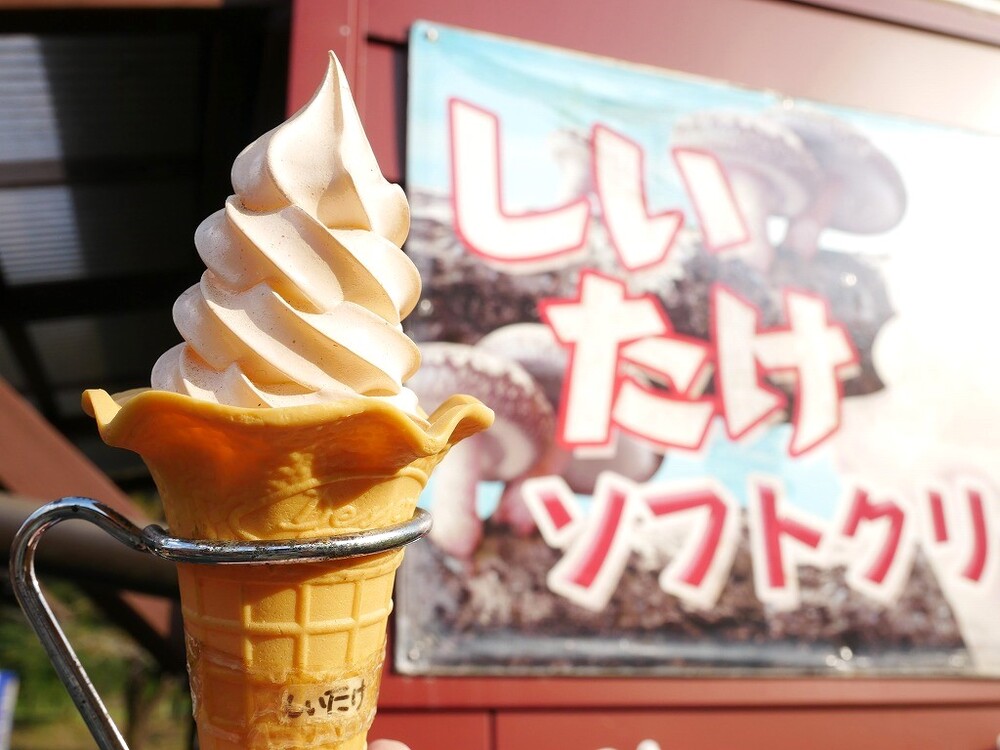
*Take a photo with a sample product
Shiitake soft serve ice cream is soft and melts easily, so if you want to take a commemorative photo on a warm day, we recommend taking it quickly.
You can also borrow sample items from the snack booth, but please ask a staff member when borrowing a sample item.
Official website of the roadside station “Ipukudokoro Yokogawa” (external link)
To get to Akiba Shrine Shimosha, take the Entetsu Bus Akiba Line from Nishikashima Station bus stop and get off at the Akiba Shrine bus stop, which is a short walk away.
It runs about once every two hours.
Entetsu Bus official website, route map (Akiba Line) (external link)
「https://bus.entetsu.co.jp/search/routemap_akibasen.html」
Also, during the New Year’s visit season from November to January of the following year, special buses will be operated from Nishikashima Station to Akiba Shrine Kamisha.
・Temporary bus service dates in 2023
<November> 5th (Sun) / 12th (Sun) / 19th (Sun) / 26th (Sun)
<December> 3rd (Sun) / 10th (Sun) / 15th (Sun) / 16th (Sun)
<January> 1st (Monday) / 2nd (Tuesday) / 3rd (Wednesday) / 4th (Thursday) / 5th (Friday) / 7th (Sunday)
・Temporary bus schedule
<Outbound> 10:00 departure from Nishikashima Station bus stop ⇒ 《Each stop》 ⇒ Shandong ⇒ 《Direct》 ⇒ Akiha Shrine Kamisha
<Return> Akiha Shrine Kamisha bus stop 13:30 ⇒ 《Direct》 ⇒ Shandong ⇒ 《Each stop》 ⇒ Nishikashima Station
*Both round trips stop at each stop between “Nishikashima Station and Santo”
・One-way fare
Adults: 750 yen / Elementary school students: 380 yen
It is said that after visiting a shrine, eating a local specialty will deepen your relationship with the gods.
After visiting the lower shrine of Akiha Shrine, please enjoy Shiitake soft serve ice cream and deepen your relationship with the gods.
